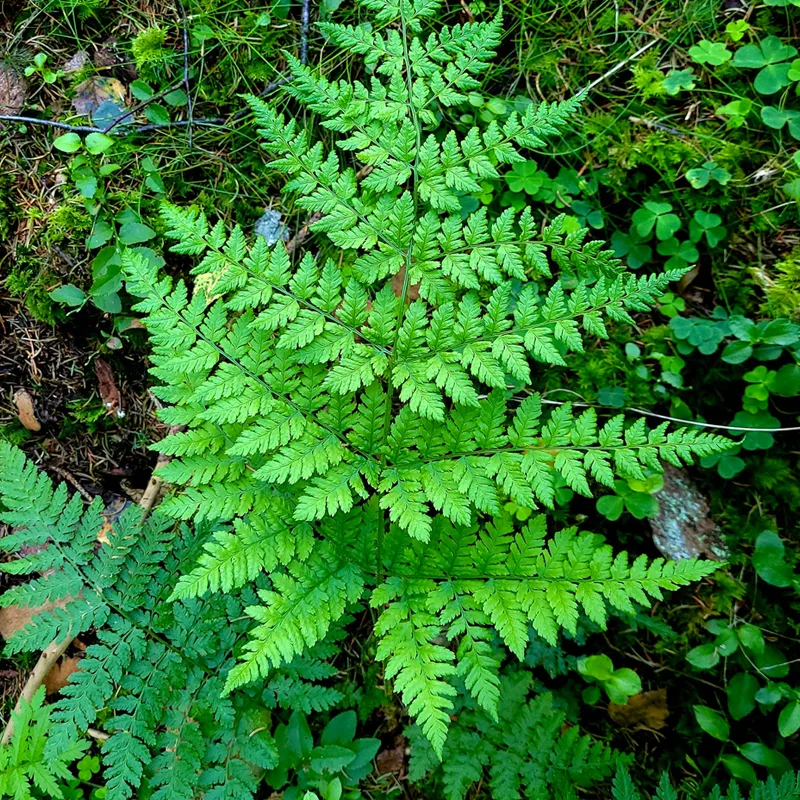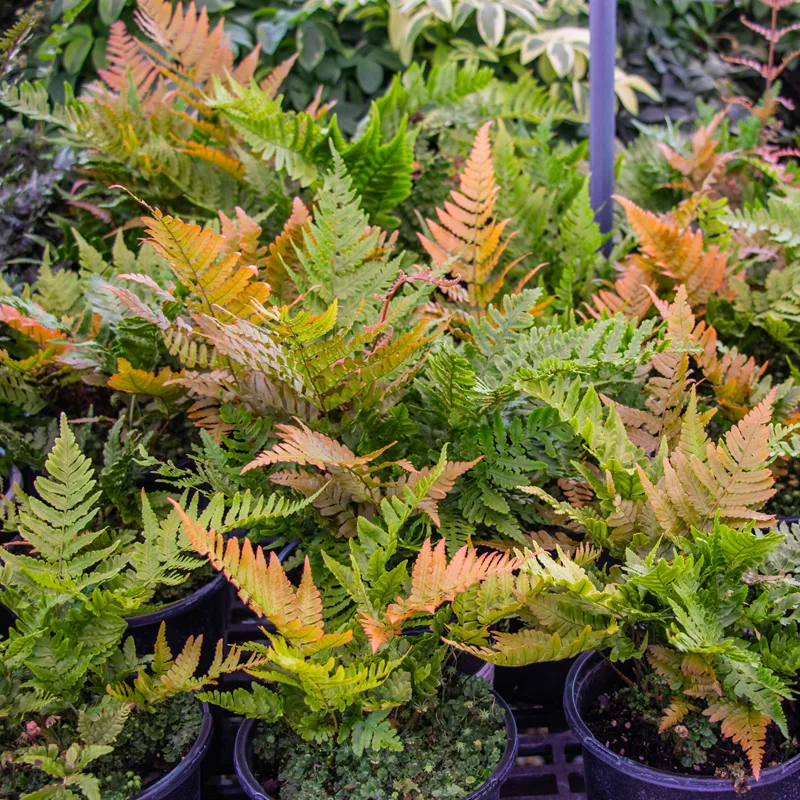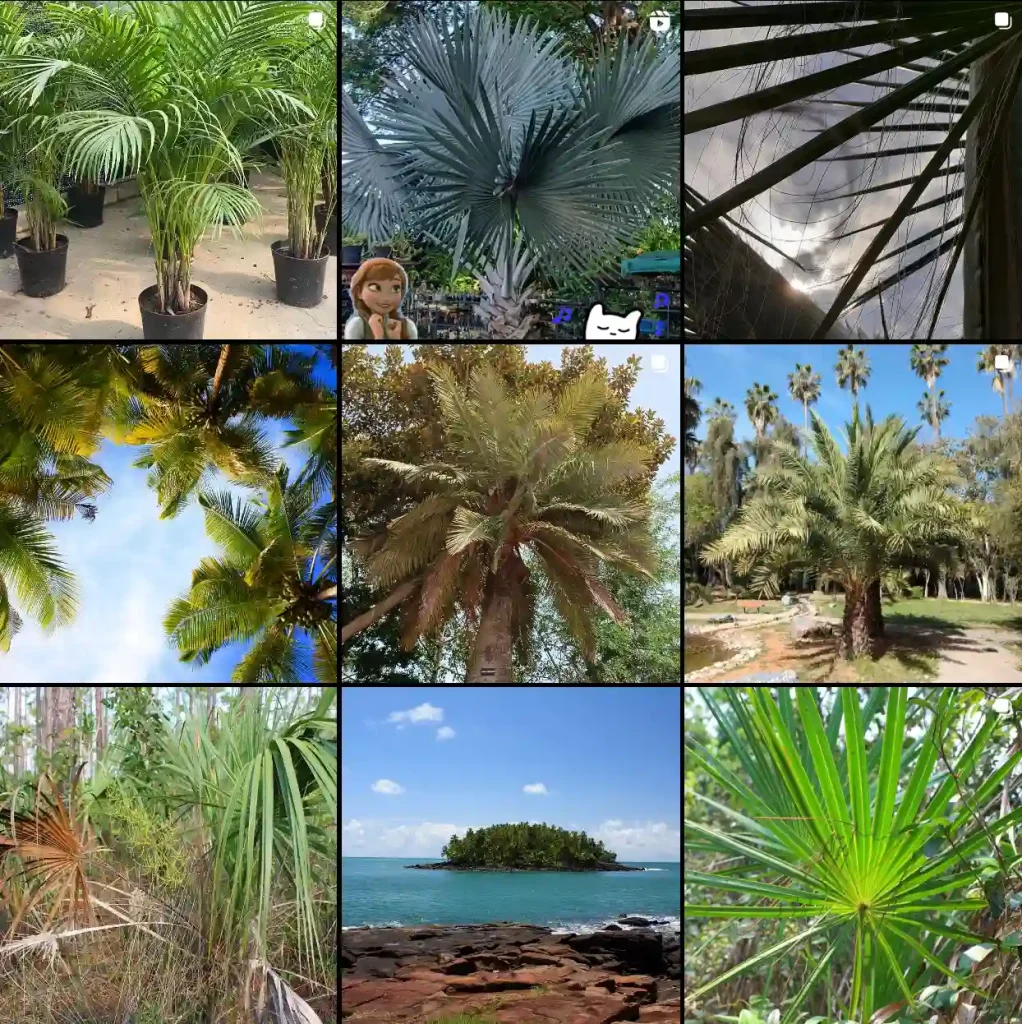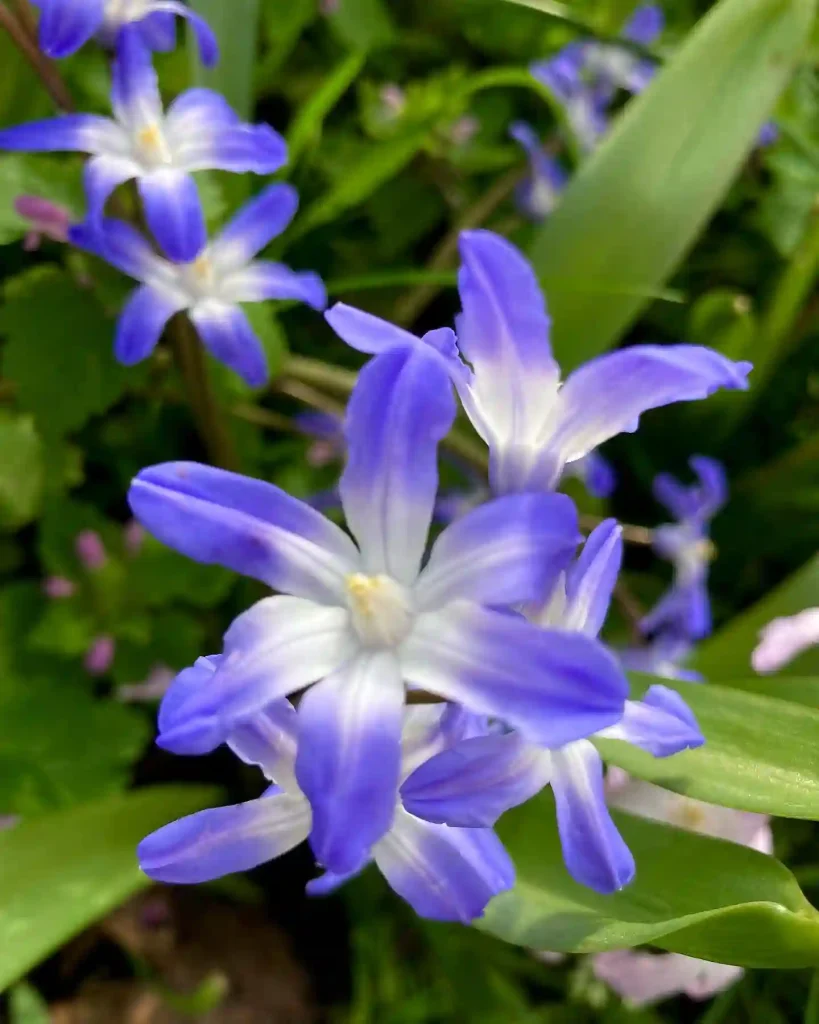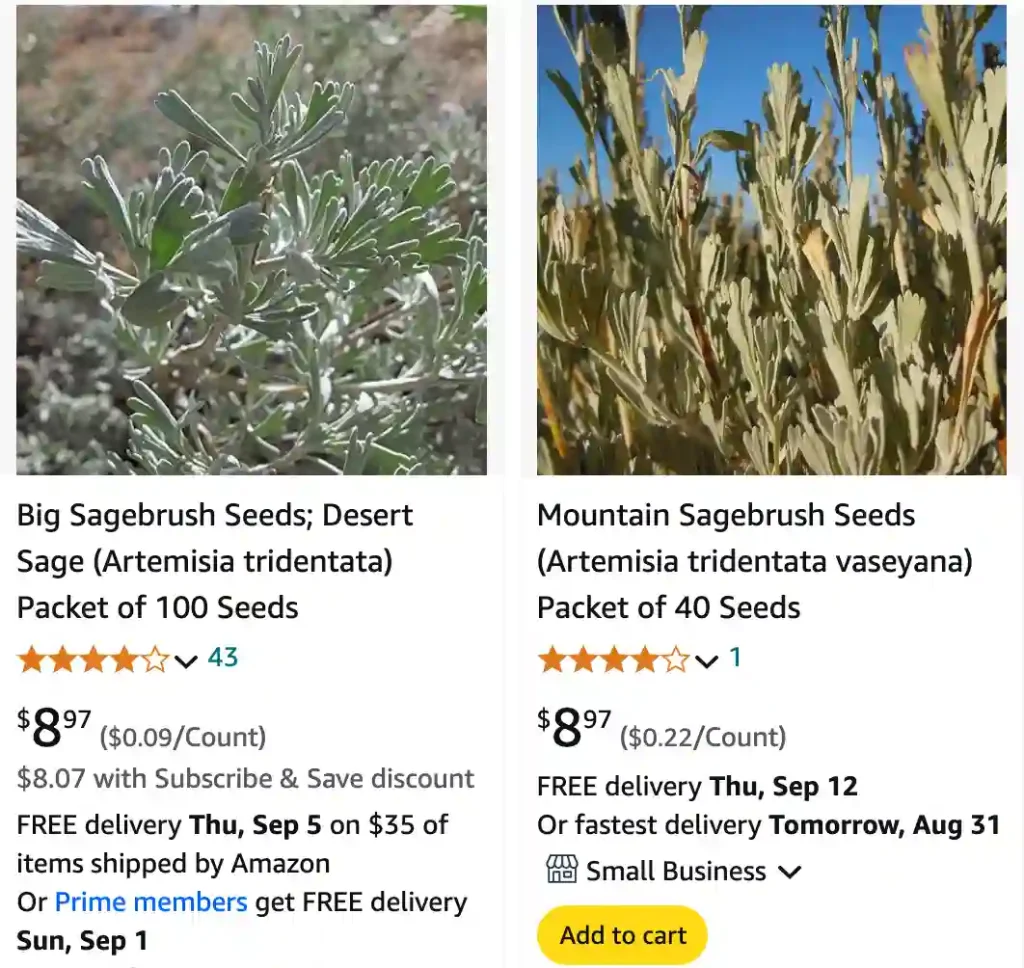
FAQs About Artemisia Tridentata
Artemisia Tridentata, commonly known as Big Sagebrush, is a resilient and distinctive plant native to the western United States. It’s known for its silver-gray foliage and aromatic scent. As a passionate gardener and plant enthusiast, I’ve had my fair share of experiences with this hardy shrub. Here are some of the most frequently asked questions about Artemisia Tridentata, drawn from my observations and insights.
508 Species in Genus Artemisia
Are Artemisia Tridentata Flowers Perfect?
Artemisia Tridentata is often appreciated for its foliage rather than its flowers. The plant produces small, inconspicuous yellow flowers that aren’t particularly showy. The flowers are not typically considered a highlight of the plant, and their main function is to reproduce. If you’re looking for a plant with striking blooms, Artemisia Tridentata might not be your best choice. However, its unique silver-gray leaves and aromatic scent are enough to make it a standout in any garden.
How Far Apart to Plant Artemisia Tridentata?
When planting Artemisia Tridentata, spacing is crucial. This plant has a tendency to spread out, so it’s important to give it room to grow. Ideally, you should space them about 3 to 4 feet apart. This distance allows each plant to achieve its full potential without competing for resources. If you’re planting them in a garden bed, make sure to consider their mature size to avoid overcrowding.
How to Care for Artemisia Tridentata in the Garden?
Caring for Artemisia Tridentata is relatively straightforward. Here are some key tips:
- Soil Requirements: Artemisia Tridentata thrives in well-drained soil. It’s adaptable to various soil types, but it performs best in sandy or gravelly soil. Good drainage is essential to prevent root rot.
- Watering: This plant is drought-tolerant once established. It’s best to water it sparingly. Overwatering can lead to root problems, so let the soil dry out between watering sessions.
- Sunlight: Artemisia Tridentata prefers full sun. It needs at least six hours of direct sunlight daily to grow vigorously and maintain its distinctive foliage color.
- Pruning: While it doesn’t require heavy pruning, occasional trimming can help maintain its shape and remove any dead or damaged stems. Pruning in early spring is generally the best time.
- Fertilization: This plant doesn’t need much fertilization. An annual application of a balanced fertilizer in early spring can support its growth, but avoid over-fertilizing as it can lead to excessive foliage growth at the expense of its natural form.
Is Artemisia Tridentata Monoecious?
Artemisia Tridentata is not monoecious. This means that the plant does not have both male and female reproductive organs on the same individual. Instead, it produces separate male and female flowers on different plants. Pollination occurs between these separate plants to produce seeds.
When to Harvest Artemisia Tridentata?
If you’re harvesting Artemisia Tridentata for its medicinal or aromatic properties, timing is important. The best time to harvest is in late summer or early fall, just before the plant starts to go dormant. At this stage, the leaves are at their most aromatic and have the highest concentration of essential oils. Cut the stems and allow them to dry in a well-ventilated area away from direct sunlight to preserve their quality.
How to Propagate Artemisia Tridentata?
Propagating Artemisia Tridentata can be done through seeds or cuttings.
- Seeds: Start seeds indoors about 6 to 8 weeks before the last frost. Sow them in a well-draining seed-starting mix and keep them in a warm, sunny location. Transplant seedlings outdoors once they’re large enough to handle and after the danger of frost has passed.
- Cuttings: Take semi-hardwood cuttings in late summer. Dip the cut ends in rooting hormone and plant them in a pot with well-draining soil. Keep the cuttings moist and in a warm, bright spot until they develop roots.
What to Plant with Artemisia Tridentata?
Artemisia Tridentata pairs well with other drought-tolerant and low-maintenance plants. Consider combining it with other native species such as:
- Lavender: Its fragrant flowers complement the aromatic leaves of Artemisia Tridentata.
- Echinacea: Adds color and contrasts nicely with the silver-gray foliage.
- Sedum: Provides a nice textural contrast and is equally drought-tolerant.
Can You Grow Artemisia Tridentata Indoors?
While Artemisia Tridentata is primarily an outdoor plant, it can be grown indoors if you provide the right conditions. It requires a lot of sunlight, so a south-facing window or grow lights will be necessary. Ensure the plant has good drainage and avoid overwatering. Indoor growth may be slower, and the plant may not achieve its full size.
Is Artemisia Tridentata Toxic?
Artemisia Tridentata is not considered toxic to humans or pets. However, its strong aroma might be off-putting to some, and consuming large quantities could cause gastrointestinal discomfort. It’s always a good practice to keep plants out of reach of pets and children.
Benefits of Artemisia Tridentata
Artemisia Tridentata offers several benefits:
- Ecological: It provides habitat and food for various wildlife, including birds and insects.
- Medicinal: Traditionally, it has been used in herbal medicine for its potential antiseptic and anti-inflammatory properties.
- Aesthetic: Its unique foliage adds texture and visual interest to garden landscapes.
Common Problems with Artemisia Tridentata
Common issues include:
- Pest Problems: Aphids and spider mites can occasionally infest the plant. Regular monitoring and appropriate treatments can manage these pests.
- Disease: Root rot due to overwatering is a common problem. Ensure proper drainage and avoid waterlogged soil.
Artemisia Tridentata is a versatile and hardy plant that can bring a unique touch to any garden. With proper care and attention, it can thrive and enhance your outdoor space with its distinctive presence.
If i die, water my plants!
